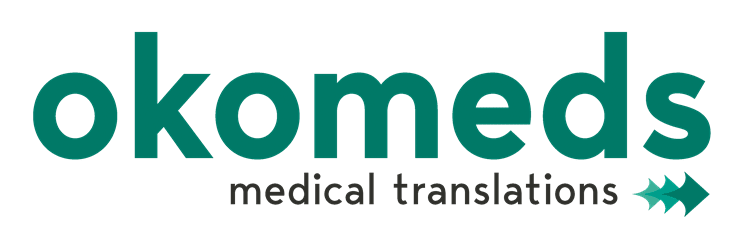
05 Apr Why is the translation of medicine labels important?
The European Medicines Agency and its Committee for Medicinal Products for Human Use (CHMP) are the bodies responsible for allowing medicine products to be marketed in Europe. They regulate, among other things, the information to be included in the labelling of medicinal products and require them to be written in the language of the country in which the products are to be sold. Therefore, the pharmaceutical translation of drug labels is crucial for this commercialisation.
What is a medicine label?
Medicine labels provide the public with vital information about the medicine. This information contains, for example, product characteristics, instructions for use, warnings, precautions, and safety information. According to Regulation 2017/745 of the European Parliament and of the Council on medical devices, the word “label” means: “written, printed or pictorial information on the device itself, on the packaging of each unit or on the packaging of several devices”.
Why is a translation agency important for this purpose?
To ensure the quality of the translation and the product, a translation of medicine labels must go through various phases. In addition, attention to detail and technical expertise are required to ensure that the labels meet regulatory standards and quality requirements. For this purpose, a translation agency will provide you with these services and perform the following steps for you:
Gathering product information
For this part, the translator will refer to user manuals, technical specifications, warnings, cautions and safety information. Images of products can also help the translator to understand their physical configuration and identify key elements for translation.
Understanding the regulations on medical device labels
There are different legal frameworks for the translation of medical device labels that vary depending on the region in which the medical devices are used. In the European Union, medical devices must comply with the European Regulation 2017/745/EU on medical devices, which sets out the rules affecting medical devices.
Translation
Translation by a qualified translator with an understanding of both the technical terms and the cultural and linguistic nuances between countries is essential for an accurate translation of labels.
Validation of the translation
After that, the labels must be validated before the product can be marketed. This validation is done by the national Competent Authority in each country where the product is going to be marketed. For country-specific translation requirements, it is essential to consult the national regulatory agencies.
Printing and application of translated labels
Labels must be printed on high quality, durable materials that meet quality standards and regulatory requirements. In addition, the information on the label must be indelible, easily legible, and clearly understandable by the user.
Future updates
Finally, a translation agency will check product updates to ensure that the translation is always updated and in line with quality standards.
Professional translators to market medical devices
The translation of medicine labels is a crucial process to ensure safety and efficacy for users. By following the above steps, you can ensure that they are translated correctly and meet regulatory standards and quality requirements. Translation agencies such as Okomeds can do this for you. Our highly qualified pharmaceutical translators with technical expertise will guarantee this process.






Sorry, the comment form is closed at this time.